
The 1970 Plymouth Superbird along with the 1969 Dodge Charger Daytona, dominated the top-tier series of National Association of Stock Car Auto Racing (NASCAR) during the 1970 season. The modified version of the popular Plymouth Road Runner was designed to be a follow up to its corporate sibling the Charger Daytona to take on the aerodynamic entries from the Ford Motor Company (Ford Torino Talladega and Mercury Cyclone) creating the “aero war” era of stock car racing. Many say, that Plymouth specifically built the Superbird to win back NASCAR legend Richard Petty back to the brand after he jumped to Ford mid-season due to poor performance against the competition at Ford.
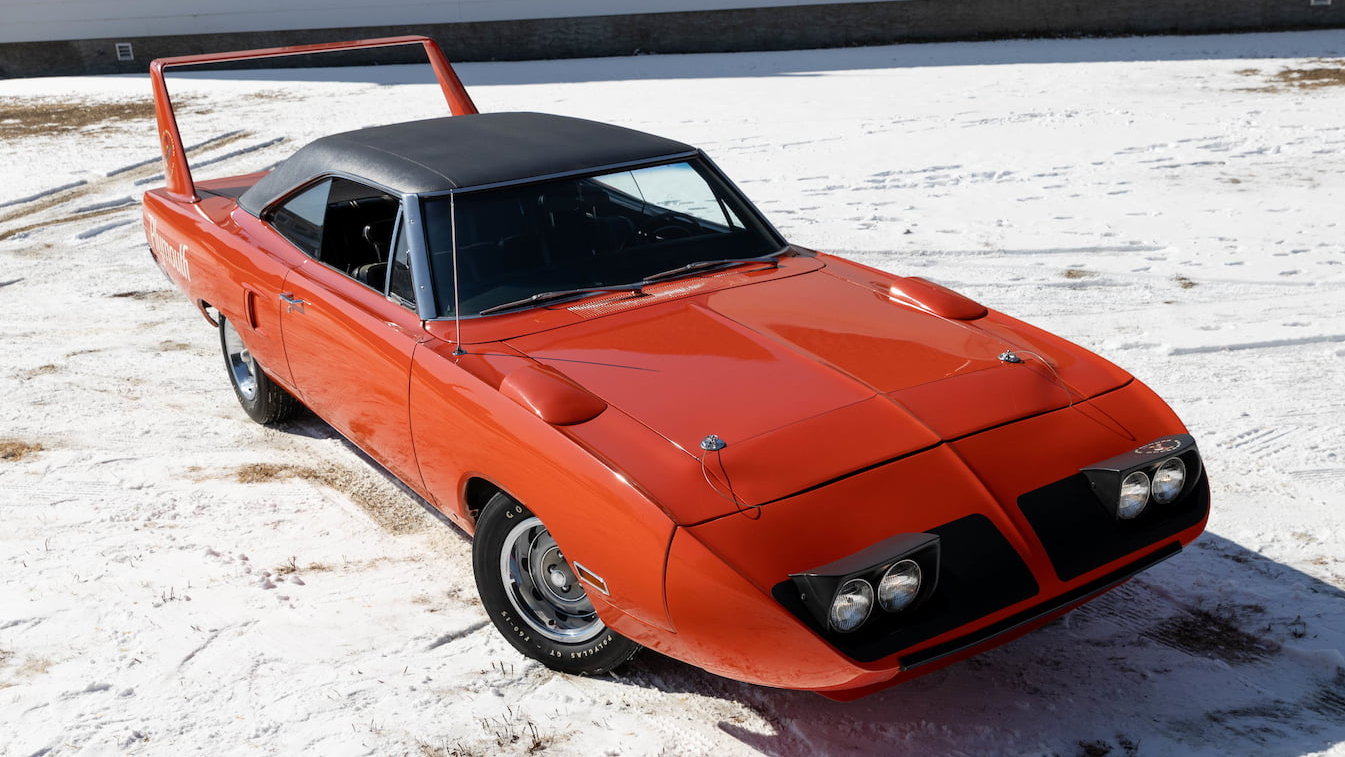
In order to compete in NASCAR, Plymouth had to build 1,935 examples to meet their updated homologation rules for the 1970 season. The reason for the rules adjustment was due to NASCAR wanting the automakers to keep their vehicles for the track, based on the vehicles sold throughout their dealers’ showrooms. For 1969, Dodge only had to manufacturer 500 units to make its Charger Daytona legal for competition. The 1970 rule adjustment said that a manufacturer must sell one vehicle for every two of the manufacturer’s dealers in the United States.
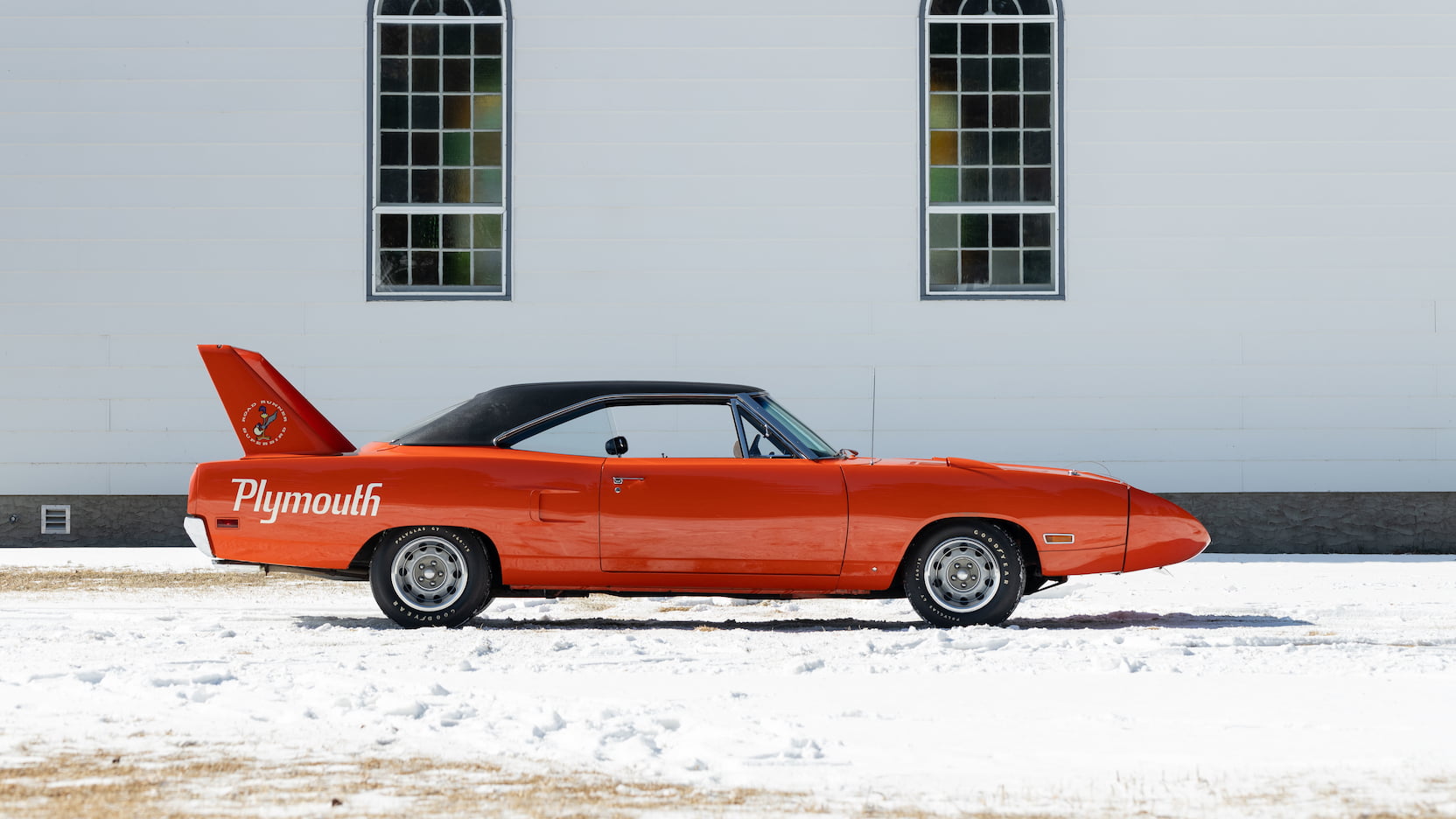
The Superbird featured a smoothed-out body and a nosecone, similar to its Daytona counterpart. However, the Plymouth version was more refined than the Dodge. A fiberglass nosecone which added an additional 19-inches of length to the Road Runner was fitted. The tall mounted rear wing, positioned the wing in less disturbed air thus increasing the efficiency of the downdraft that is placed upon the car’s rear axle. The rear-facing fender scoops were to hide cutouts that allowed wheel clearance due to the taller, wider wheels and lowered height of the car for NASCAR competition. For the street car, the fender scoops were purely for show.
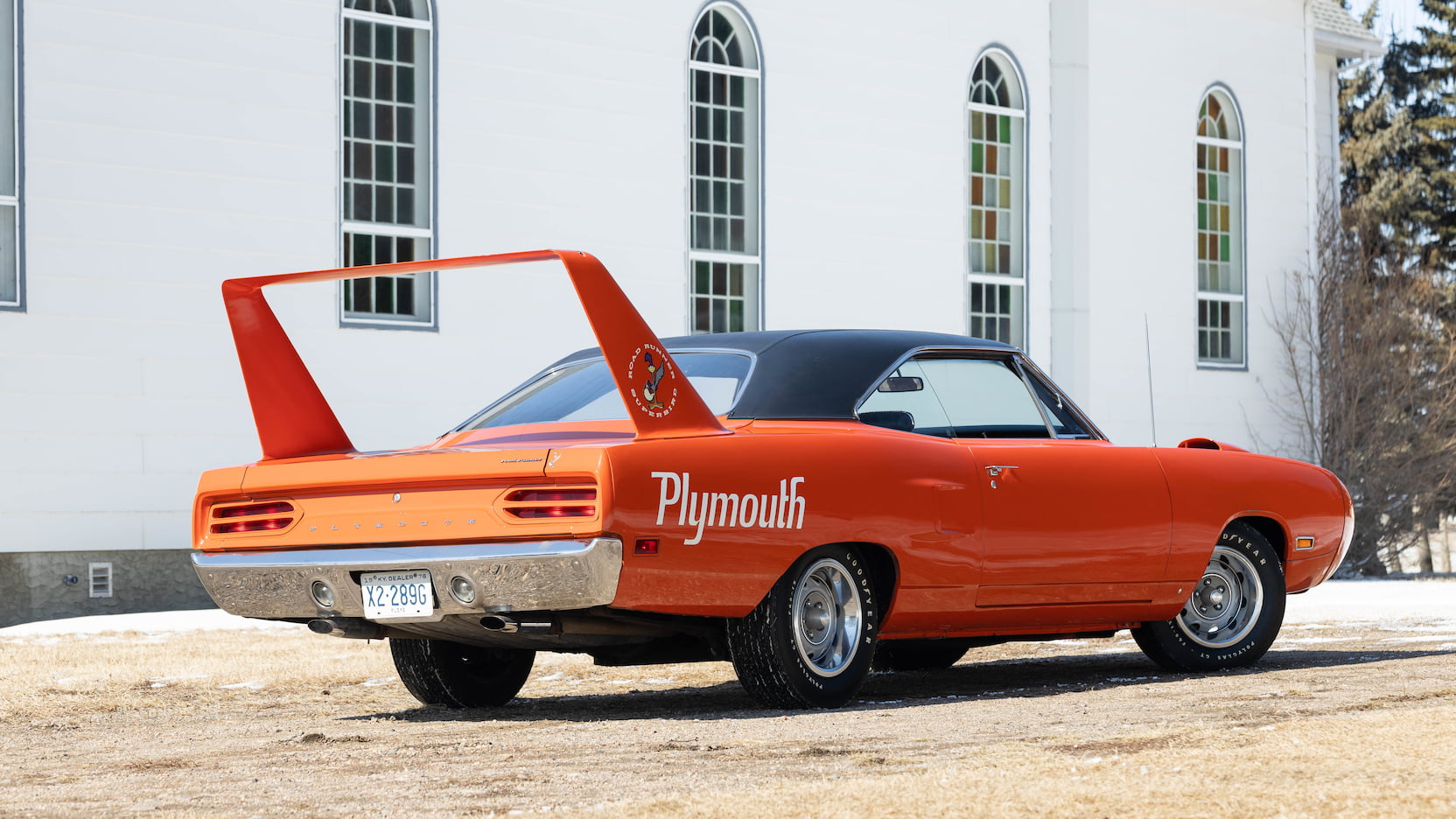
While the race cars featured the 7.0-liter 426 cubic-inch “Race HEMI” V8, the street cars featured a trio of engine options. The standard engine was a 7.2-liter 440 cubic-inch Super Commando V8 with a 4-barrel setup. That engine delivered 375 horsepower and 480 lb.-ft. of torque using 9.7:1 compression. A 440 Super Commando with a 6-barrel carburetor setup producing 390 horsepower and 490 lb.-ft. of torque was optional. The legendary 426 “Street HEMI” V8 was also available with 426 horsepower and 490 lb.-ft. of torque. Only 135 HEMI-powered Superbirds left the Lynch Road Assembly Plant.
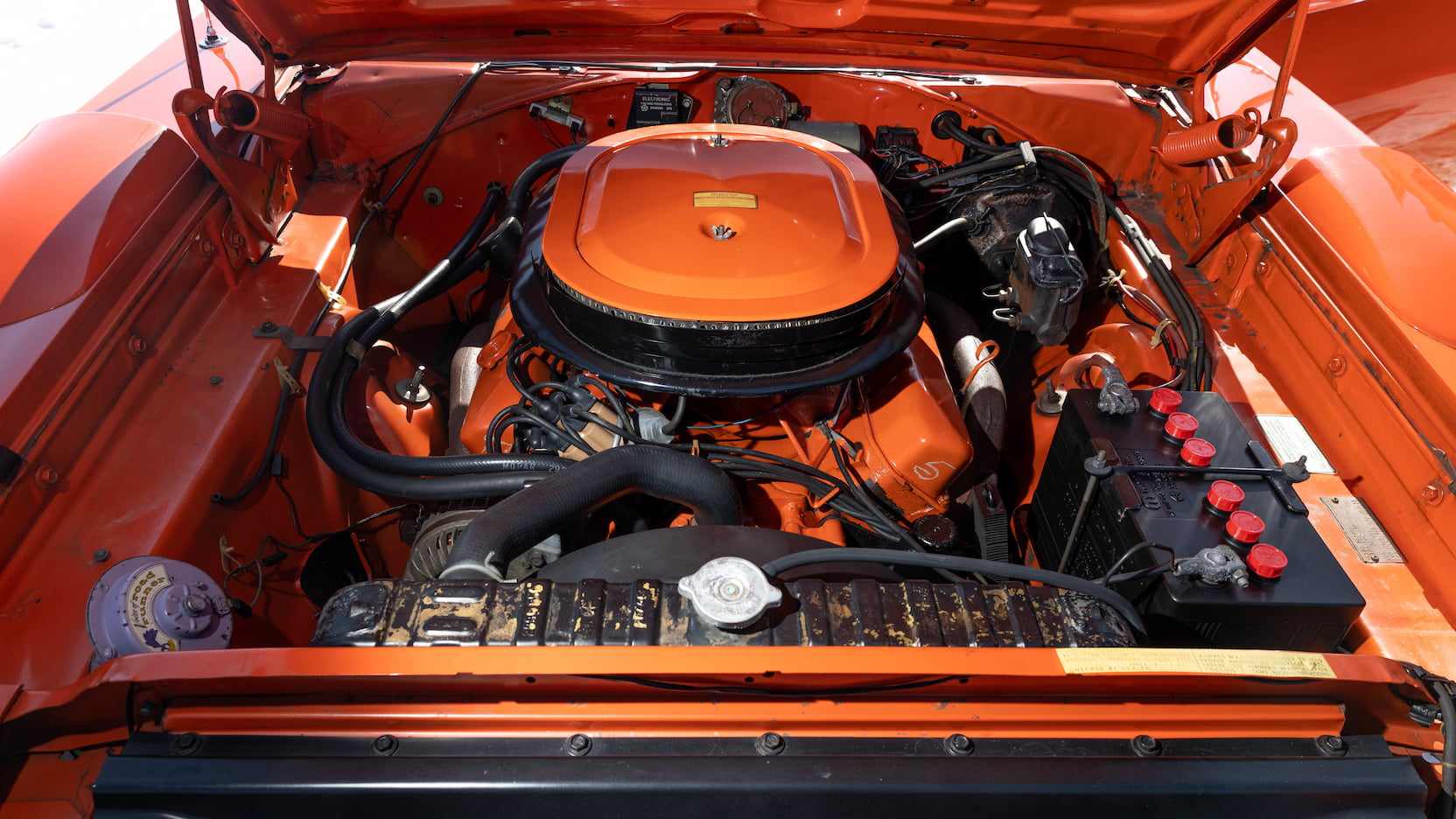
With the Mecum Indy event continuing on throughout the weekend, we have seen numerous low-mileage classic Mopar muscle cars roll across the auction block. But this might be one of the best examples yet. This unrestored 1970 Plymouth Superbird only has 5,400 original miles on the odometer. The car recieved a Zzenith Certification in 2010, which is awarded to an unrestored original car, with the car’s condition not exceeding 5 to 10% deviation from how it rolled off the assembly line, and it must be at least 30 years old.
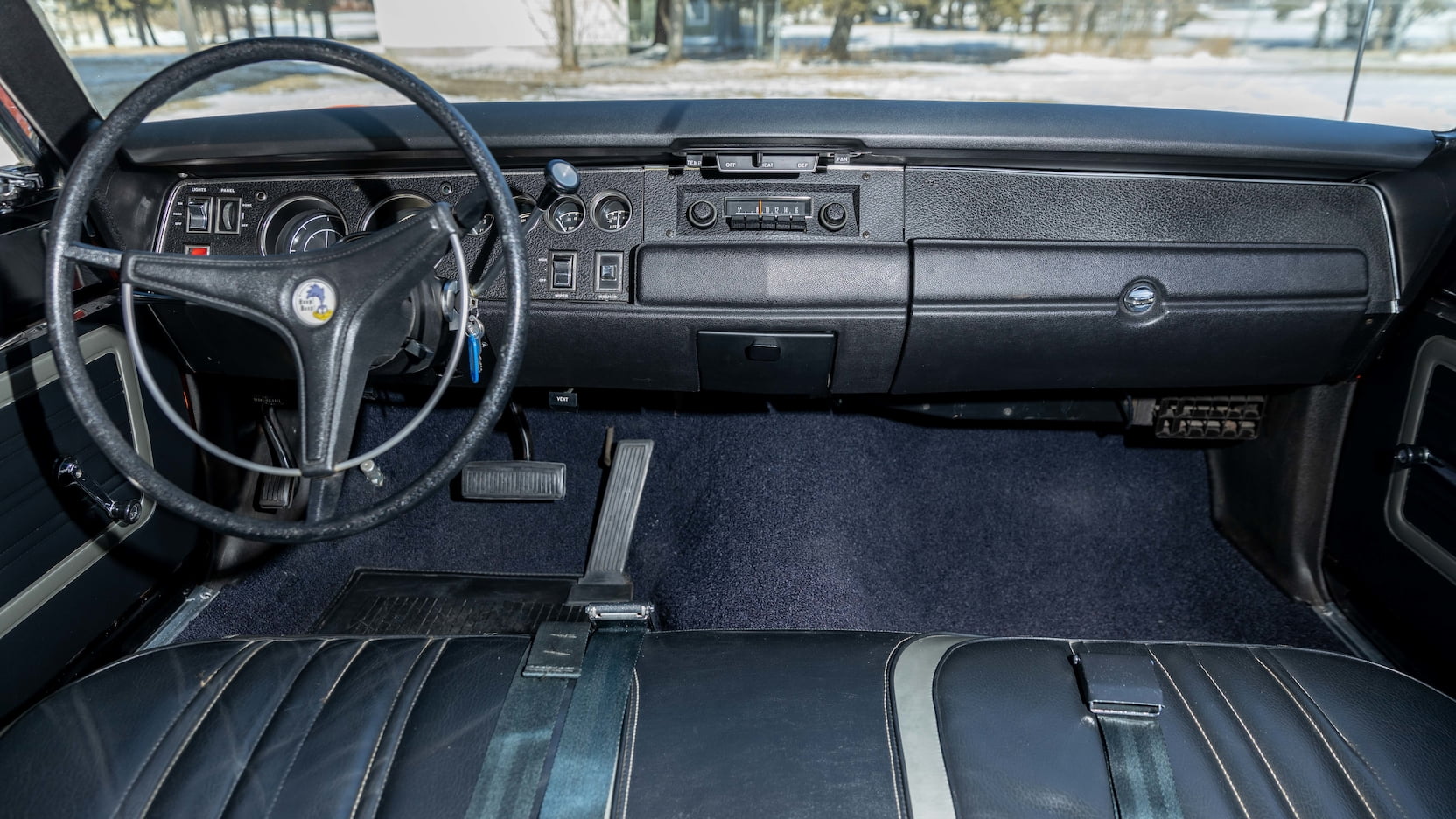
This particular Superbird was shipped new to Ed Ousley Chrysler Plymouth Inc. in Prestonsburg, Kentucky, and was one of four Superbirds delivered to the dealer that year. The other three were sold, but this car was Ousley kept for himself. Eventually, he closed the dealership and opened a liquor store, and the “as-new” car was kept hidden in the store warehouse until it was brought to the attention of Alan Ranier, whose father sponsored Davey Allison’s NASCAR No. 28 Ranier/Havoline Fords.
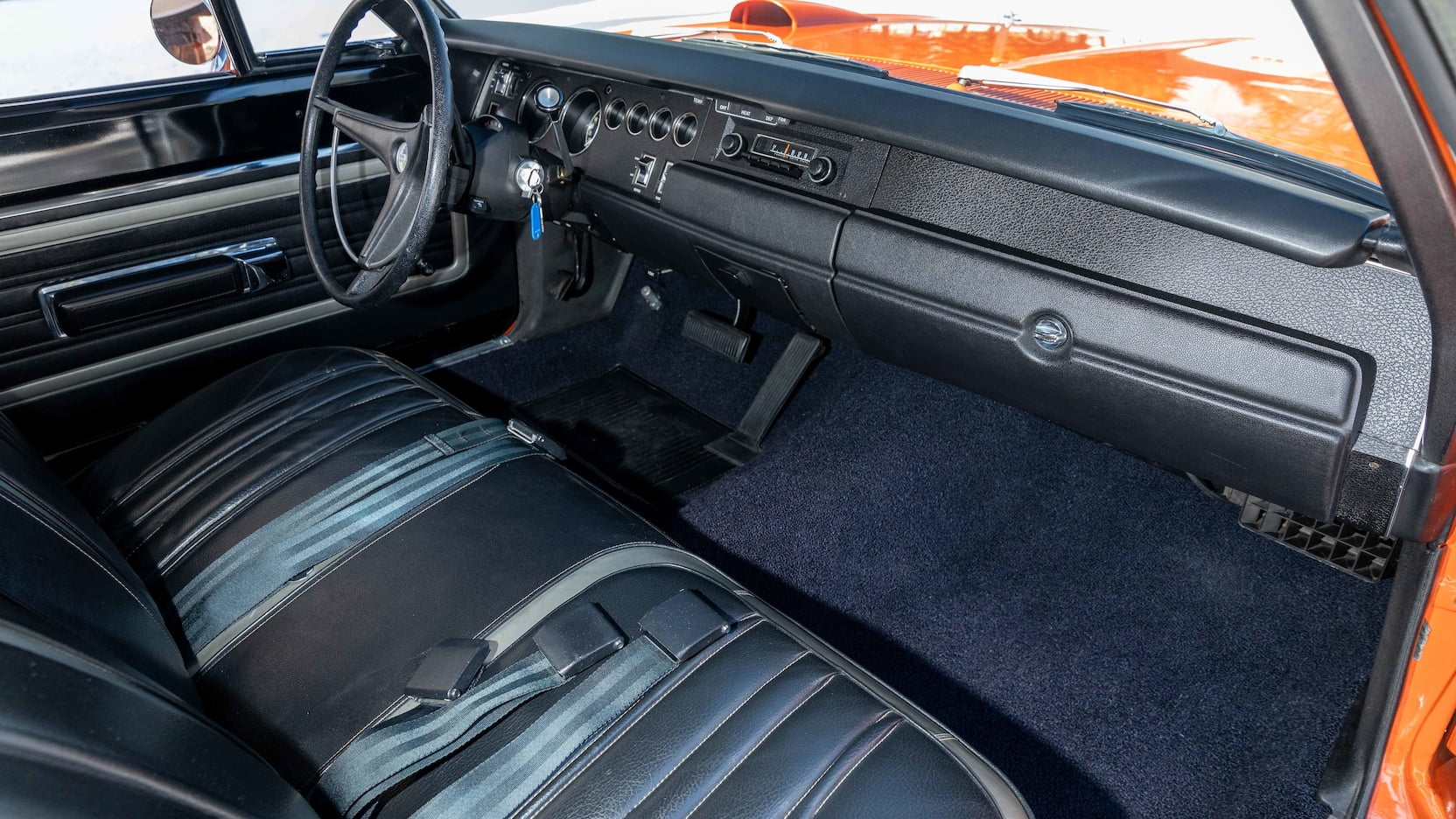
Ranier convinced Ousley to sell him the car, which was then kept at the team’s race shop. In 1987, it was listed in a Daytona-Superbird Auto Club Newsletter being offered as basically a brand new Superbird with only 12 miles on the odometer. Collector Jay Dow bought it as a gift for his wife, who was a former native of Charlotte, North Carolina, and a big Richard Petty fan. Some years later, the car returned to Jay’s ownership, and soon afterward, the Superbird was sold to former IMSA and GTP race car driver and collector Jim Mullen. Showing 5,200 miles on the odometer by the time Mullen let it go, two other collectors have preserved it carefully before it entered its current place in this collection.
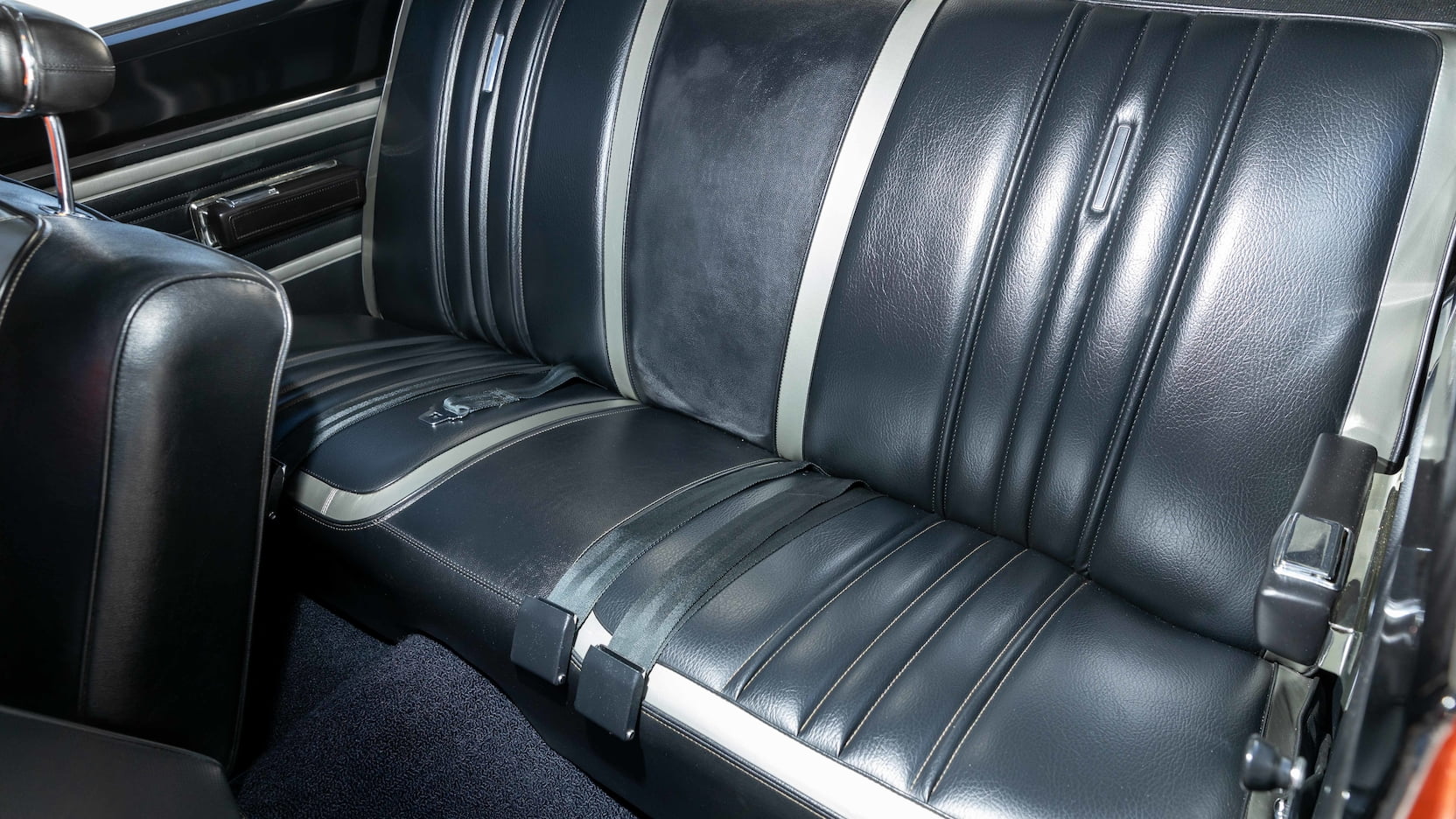
After being researched, it was discovered that this car was the 200th Superbird completed and the 100th Superbird to V-Code (or code for being equipped with the 440 Super Commando 6-barrel V8) to roll off the Lynch Road line in late-1969.
The car retains its complete numbers-matched drivetrain. Including its 3-speed TorqueFlite automatic transmission which gave it the A36 Performance Axle 8.75 Differential Package with 3.55 rear axle ratio and Sure-Grip limited-slip differential. All Superbirds came with power steering and power brakes with front discs. For cars equipped with the 440 Super Commando 6-barrel, those cars also recieved the upgraded HEMI suspension.

Painted in the awesome high-impact Tor Red exterior color, the Superbird is also equipped with a black vinyl top. The car also features large black Plymouth fender decals, bright exhaust tips, and hood pins. A set of premium 15-inch Rallye wheels with period-correct Goodyear F60-15 Polyglas GT tires.
Inside, the Superbird was equipped with a black bench seat with silver accents, an AM factory radio, performance dash with 150 MPH speedometer, tinted windshield, and the classic Road Runner cartoon character located on the steering wheel and doors.
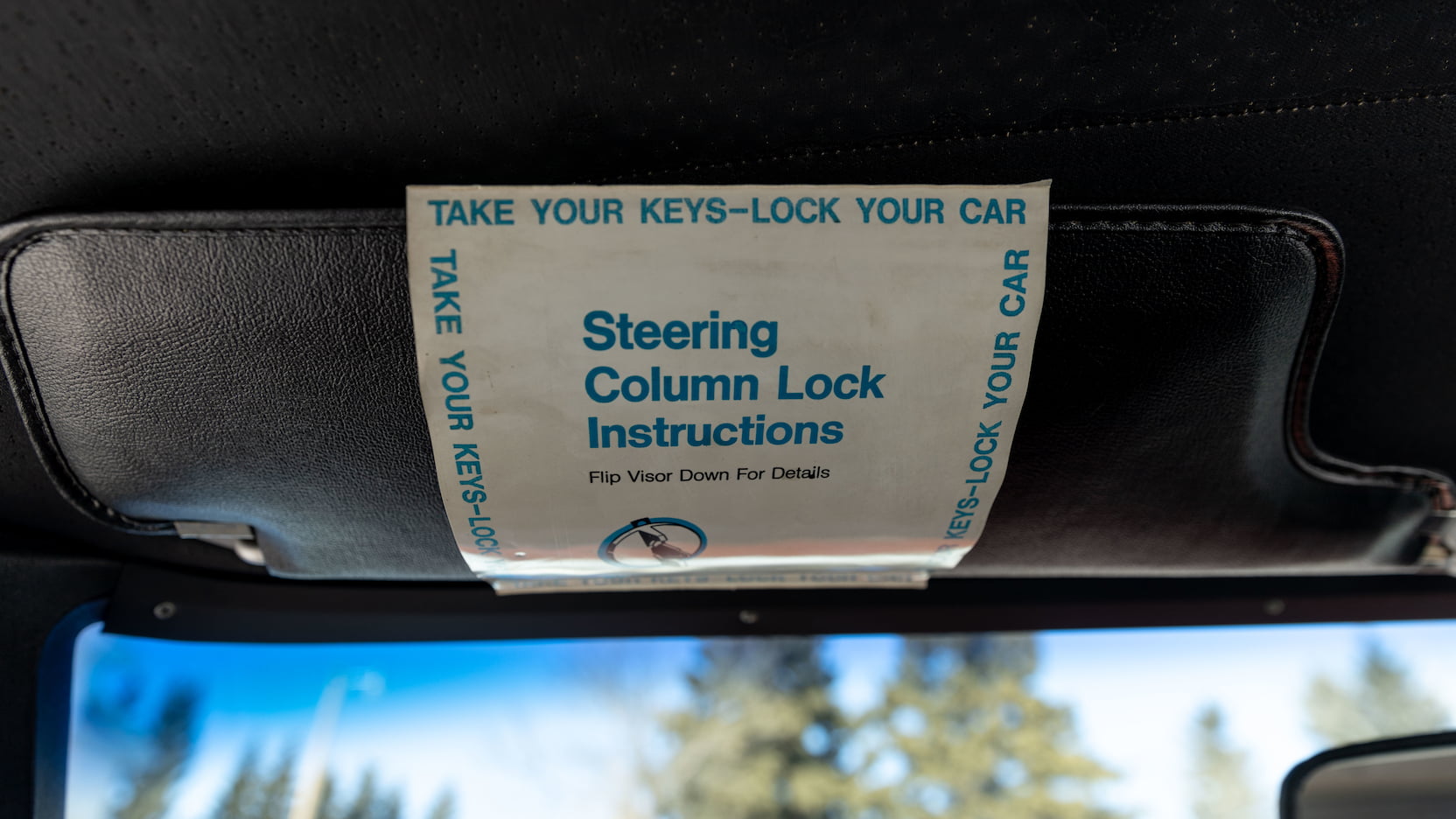
As one of only 408 produced with a 440 6-barrel and automatic transmission, the car retains its original drivetrain, exhaust, belts, hoses, paint, interior and glass. It is also extensively documented with the original window sticker, factory invoice, advance shipping notice, warranty punch card, MSO and two broadcast sheets, and has a known ownership history. It also won a FIVA/HVA Preservation award at Meadowbrook Concours of America in Rochester, Michigan.

Besides the low mileage, this Plymouth Superbird is one of the most original and well-documented examples in existence. It will cross the auction block tomorrow, Saturday, May 22nd, and Mecum estimates that the car could go for $250,000 to $300,000. That is much more than the Superbird’s Manufacturer Suggested Retail Price (MSRP) of $4,298 in 1969.
To bid on this prime example of Mopar muscle car history, you can visit Mecum.com. The car is Lot # S190.
Moe Blackburn’s 1970 Plymouth Superbird Image Gallery:

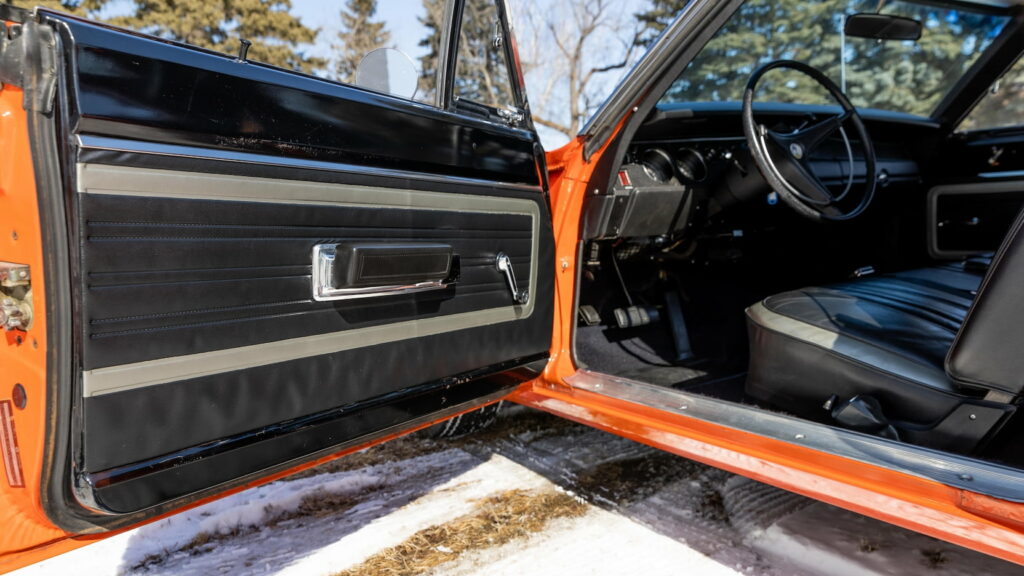
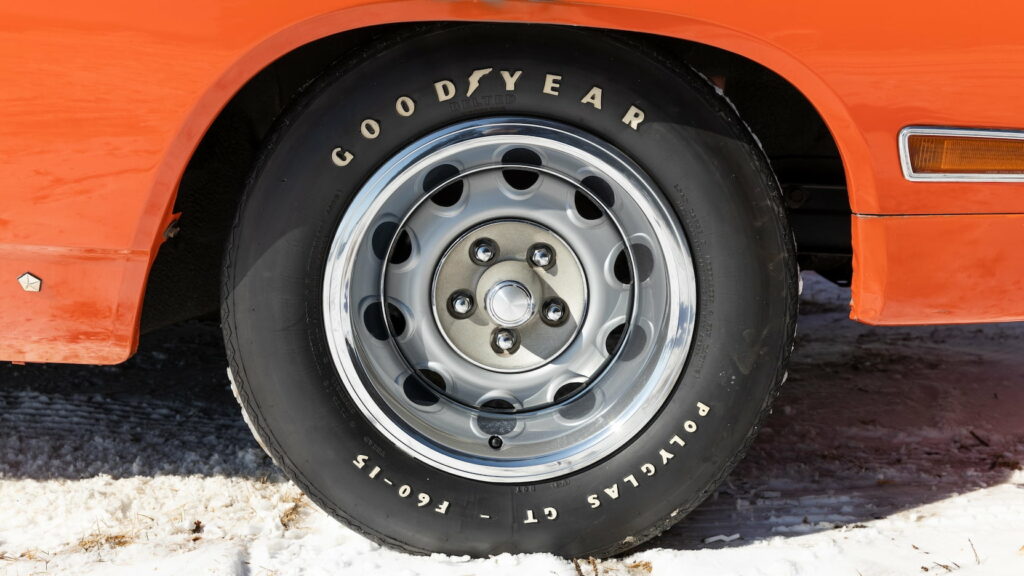


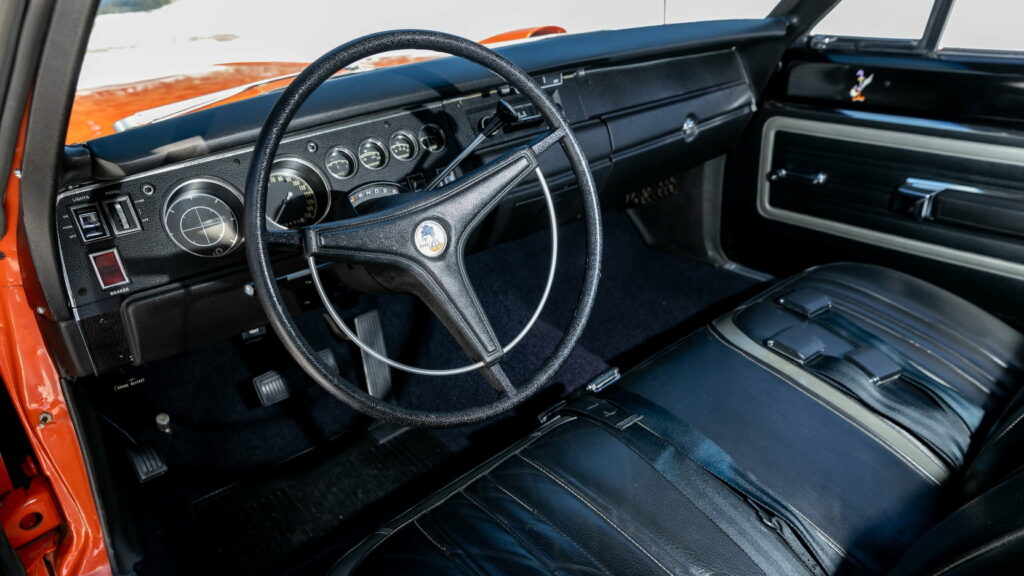
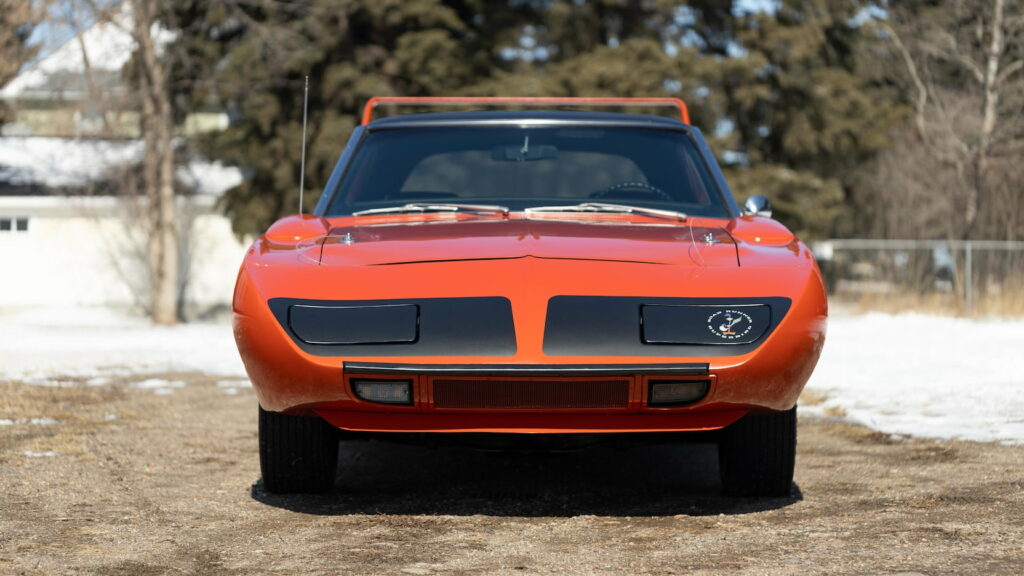
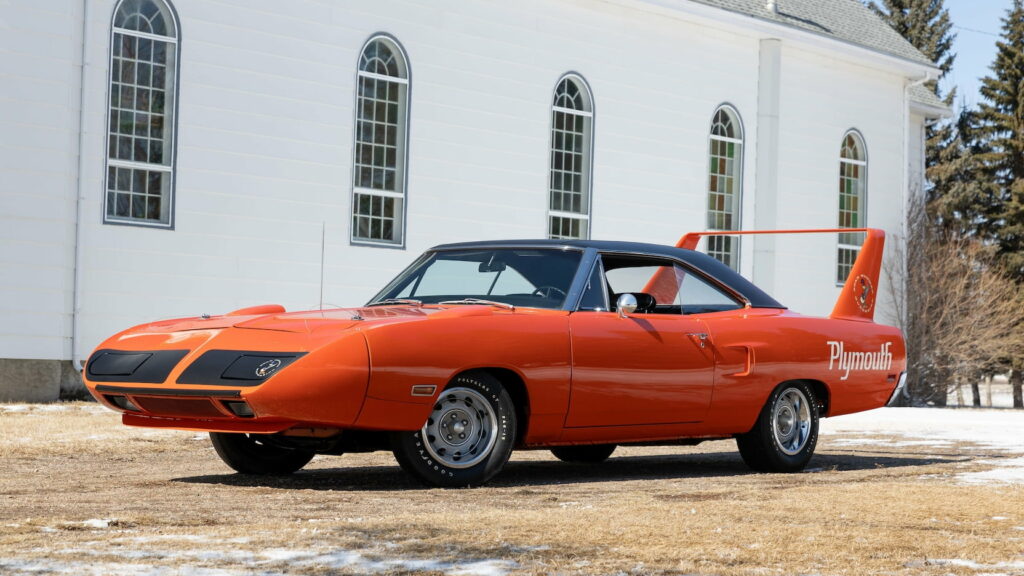
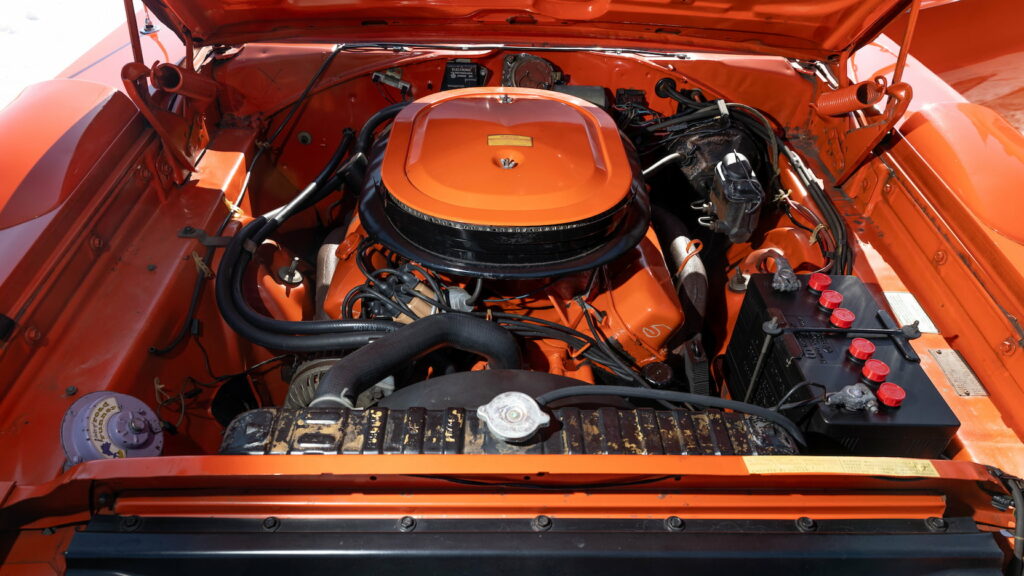
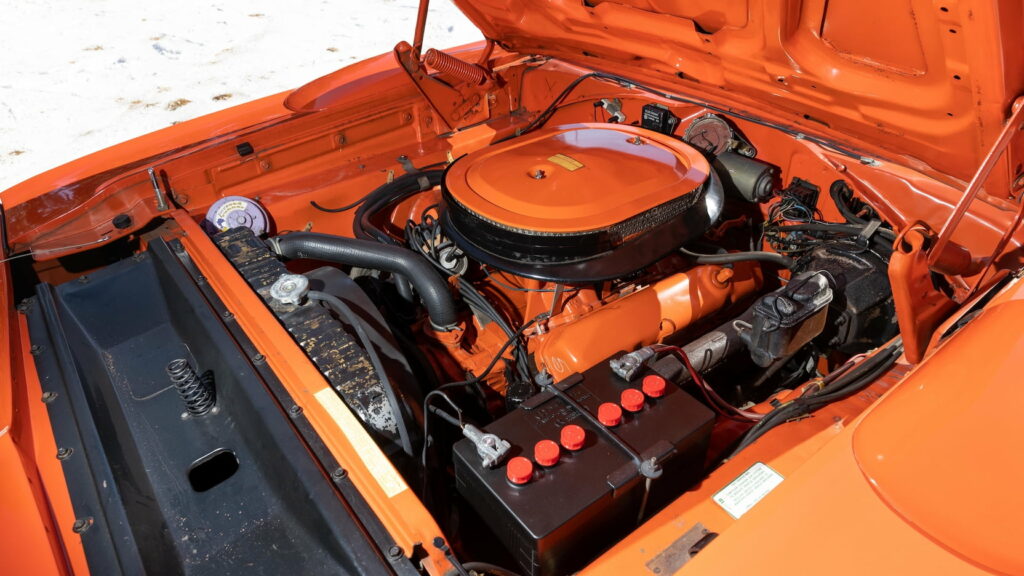
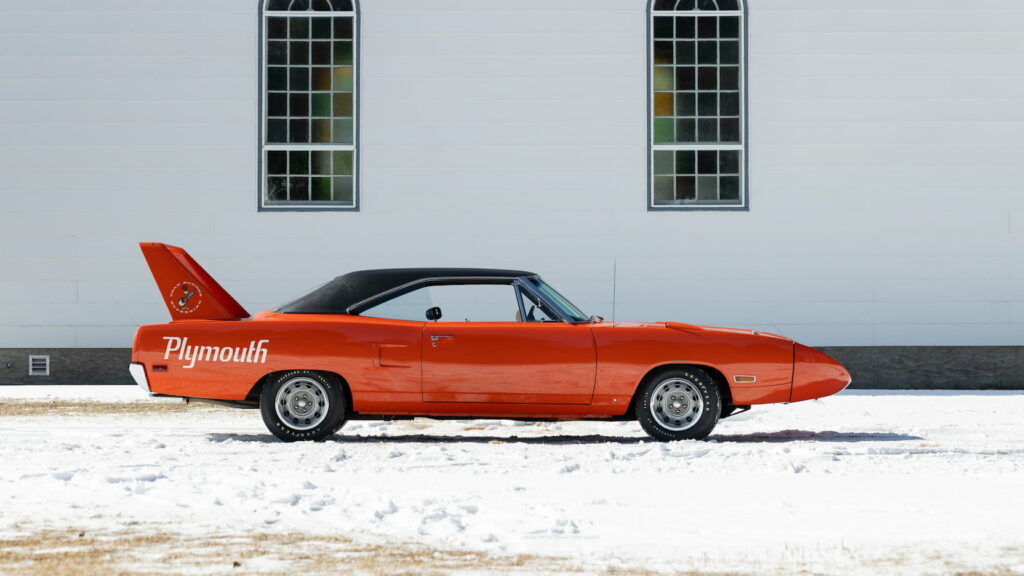
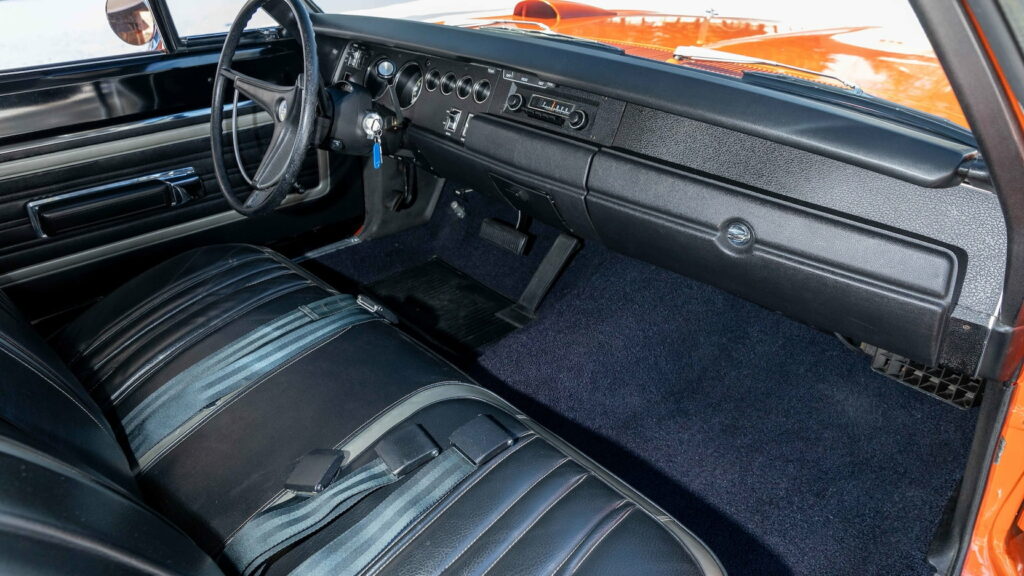
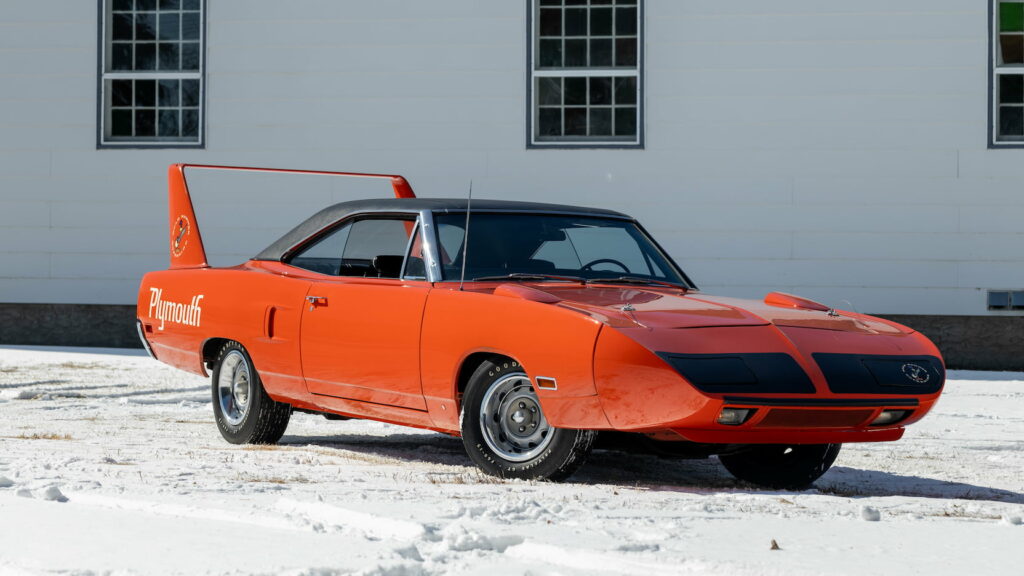
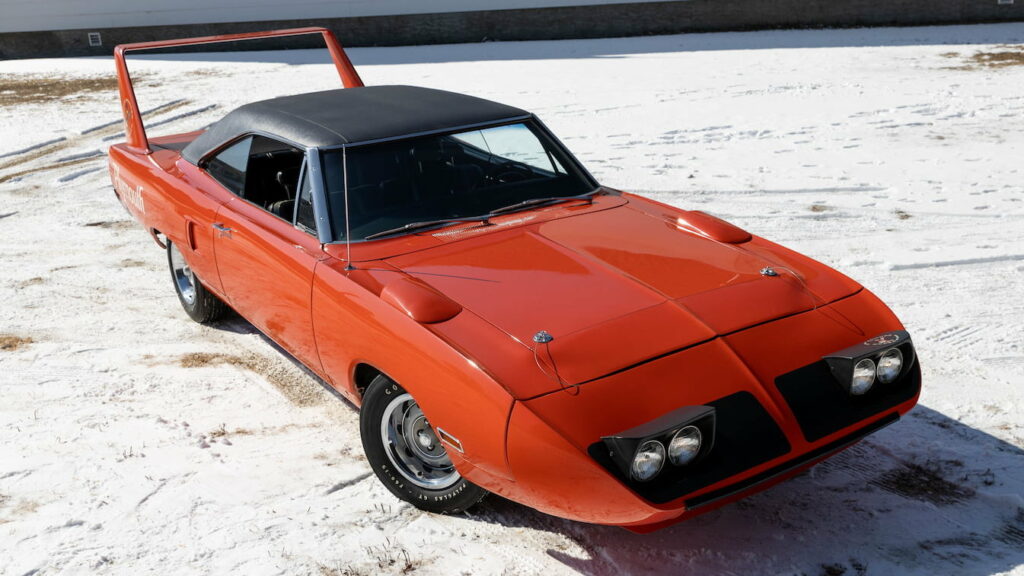
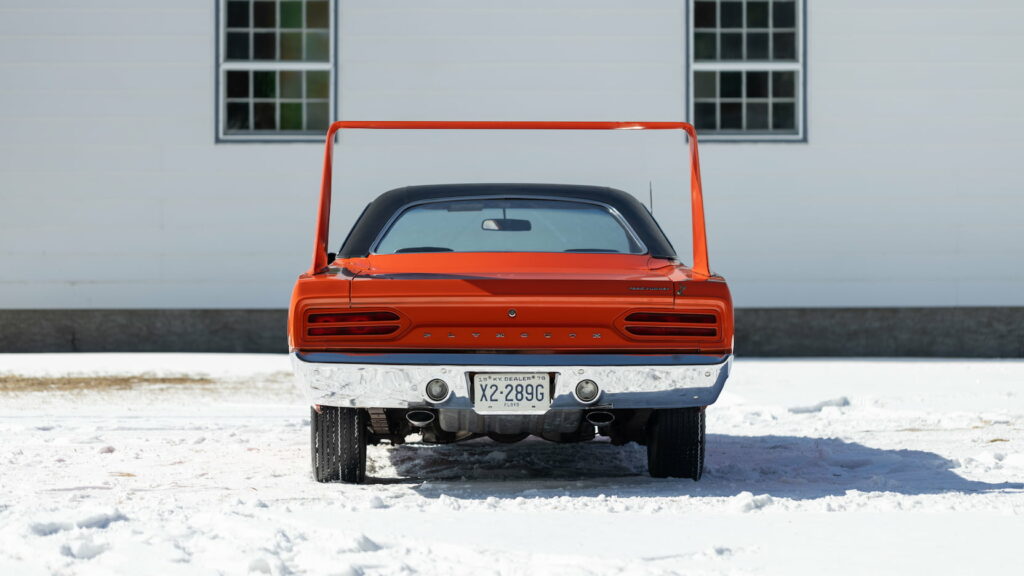

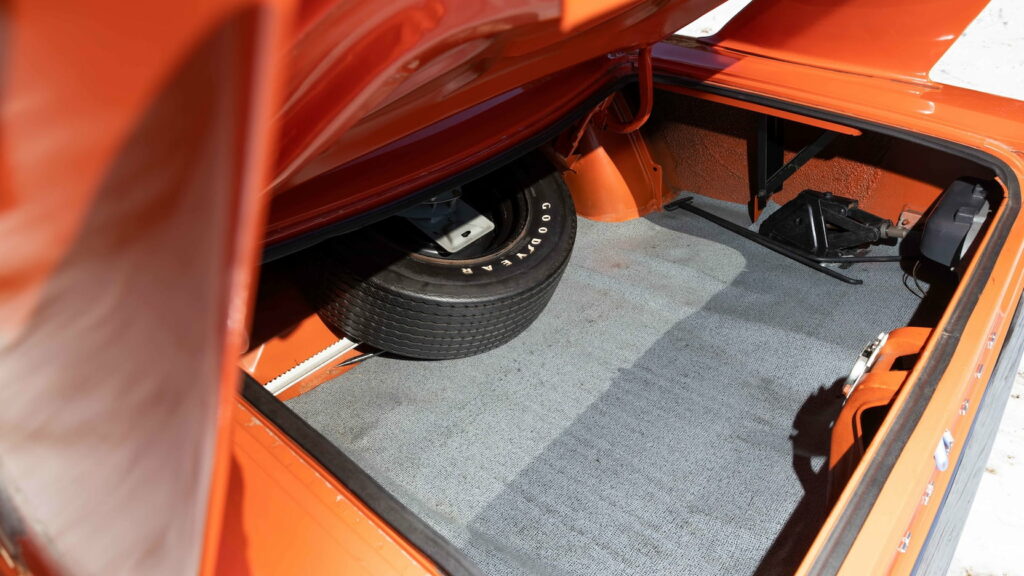
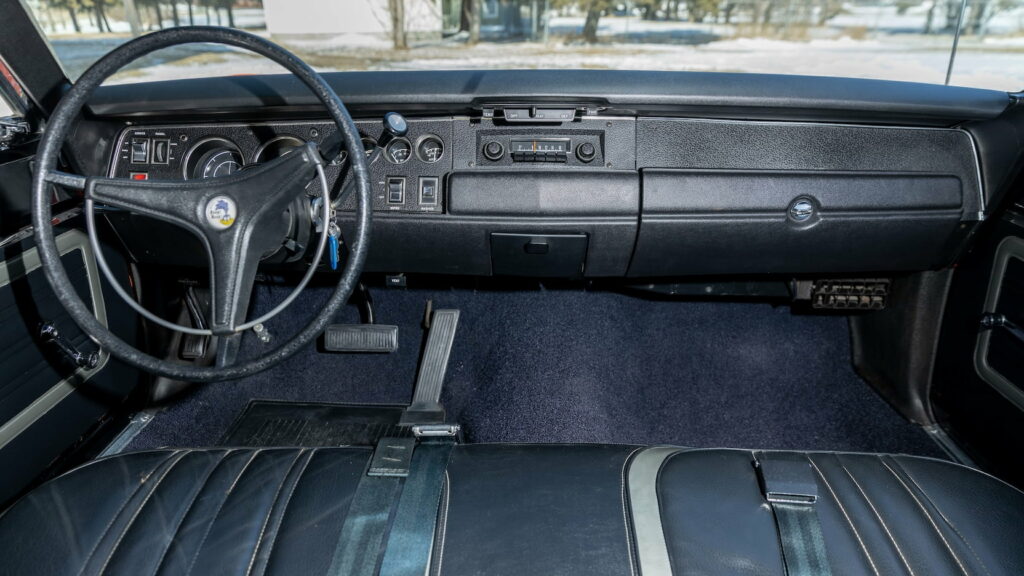
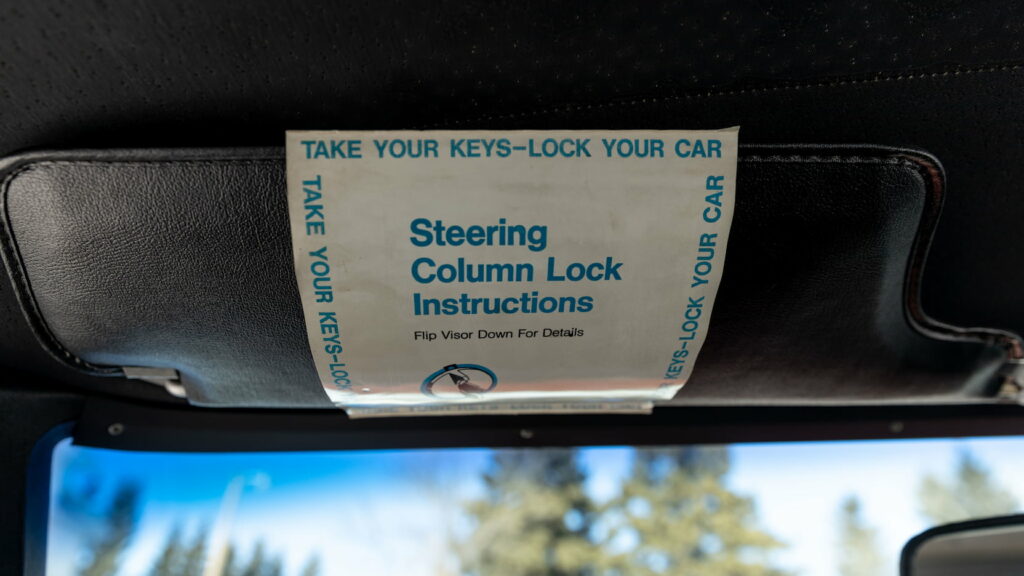
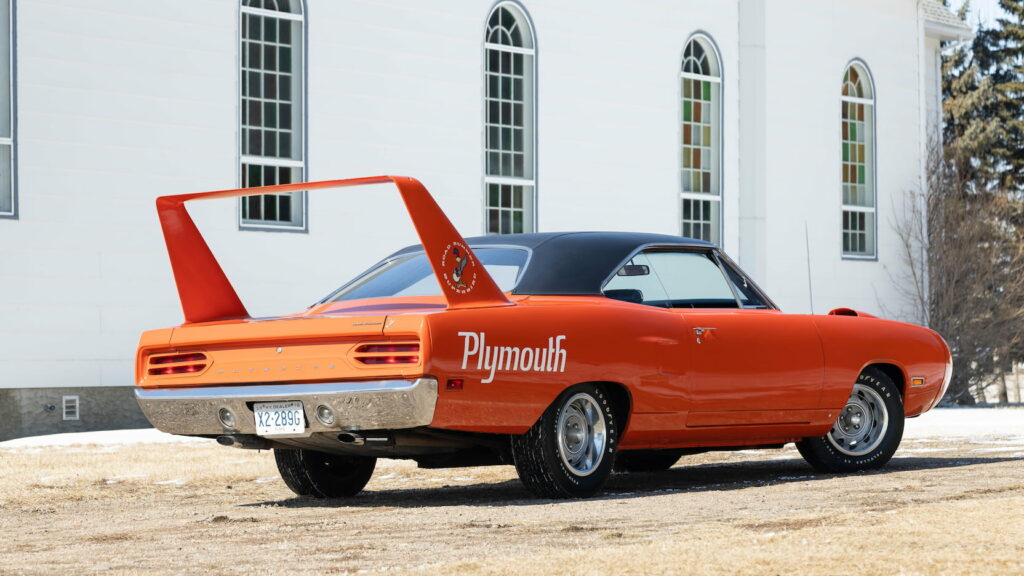

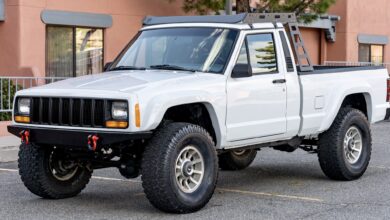
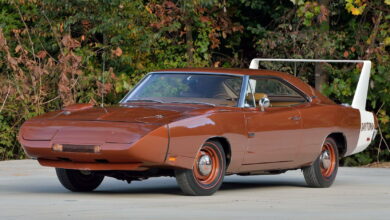
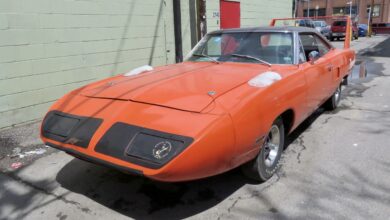
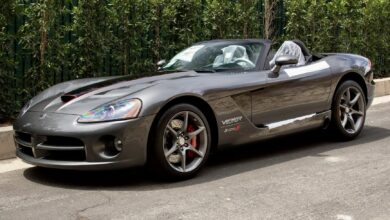
No replies yet
Loading new replies...
Join the full discussion at the Mopar Insiders Forum →